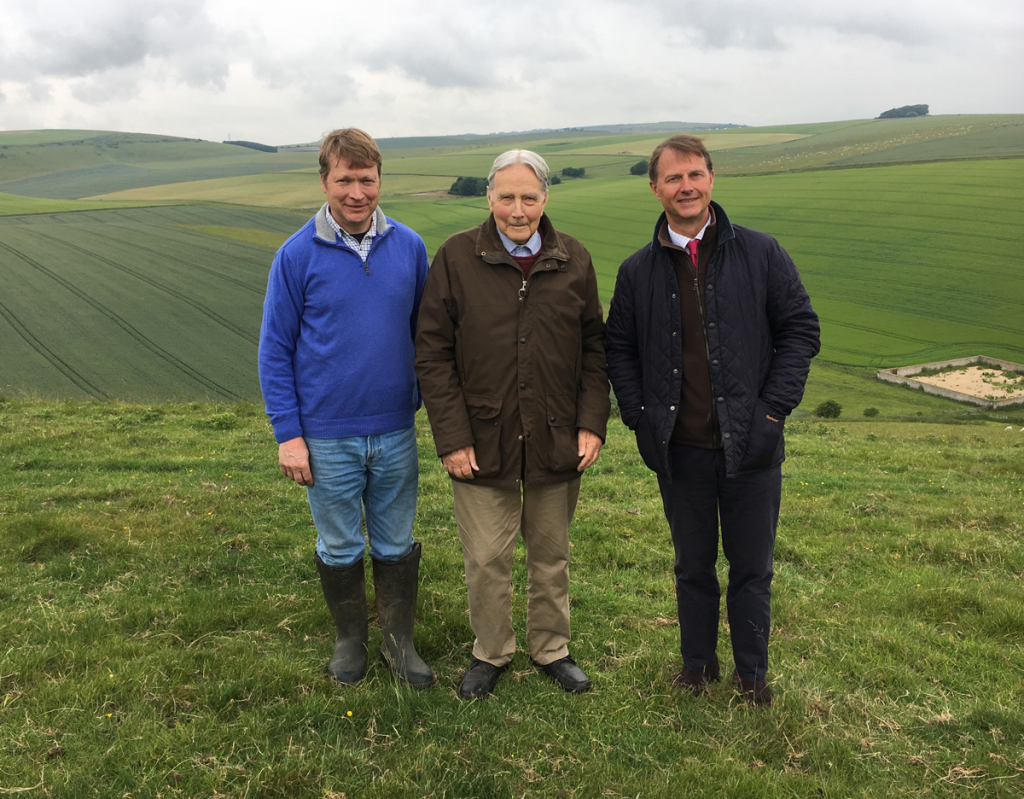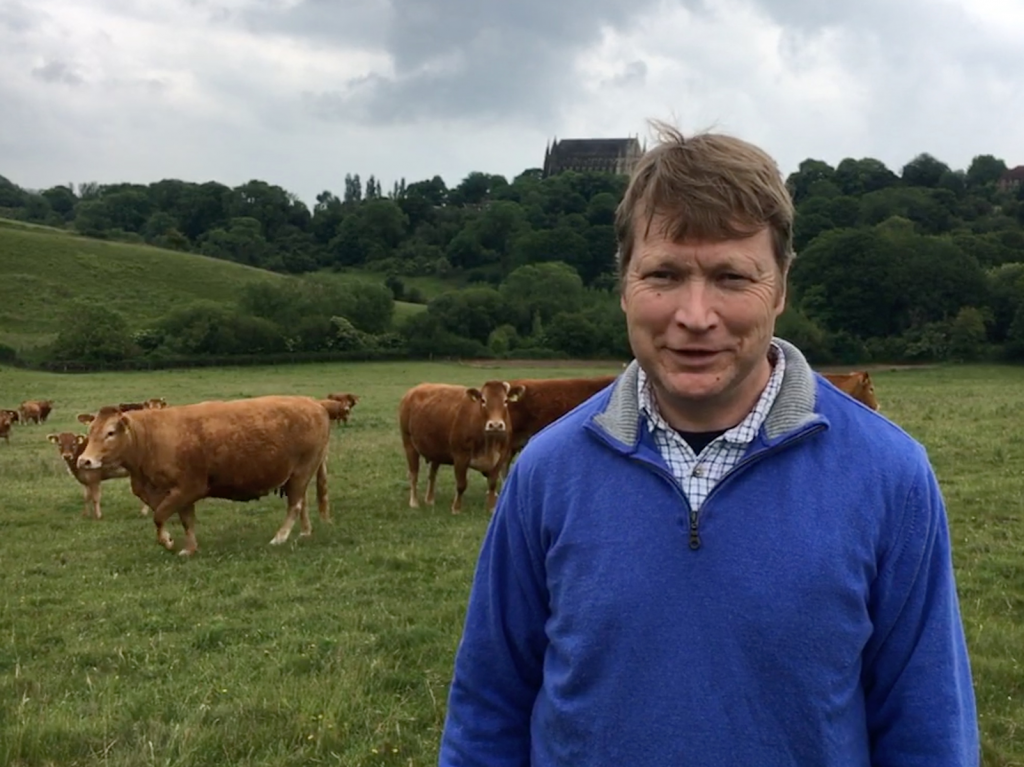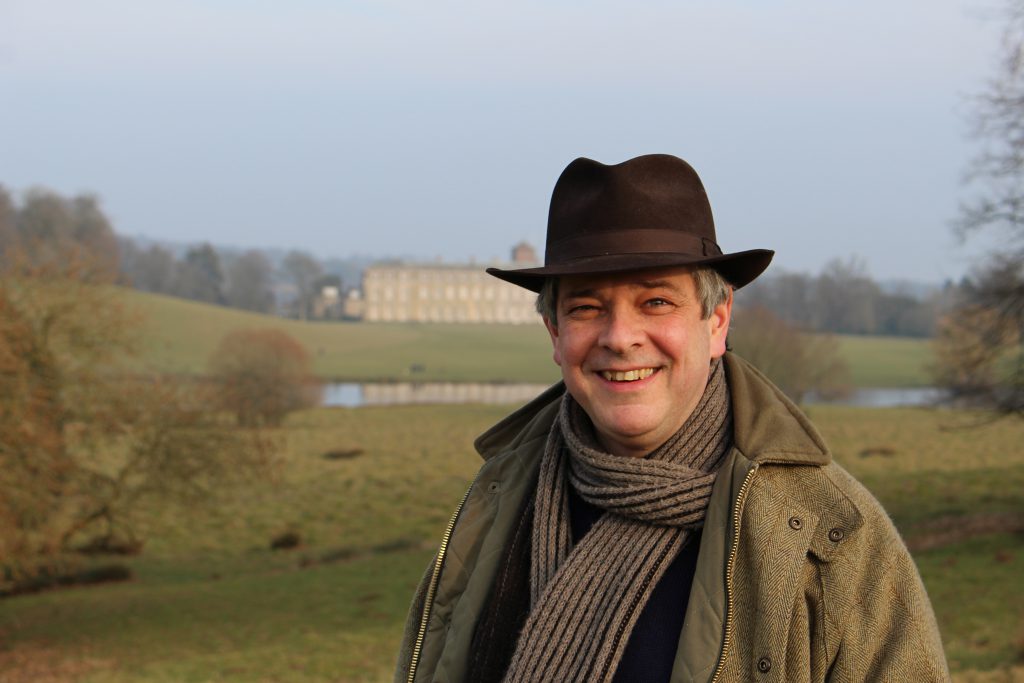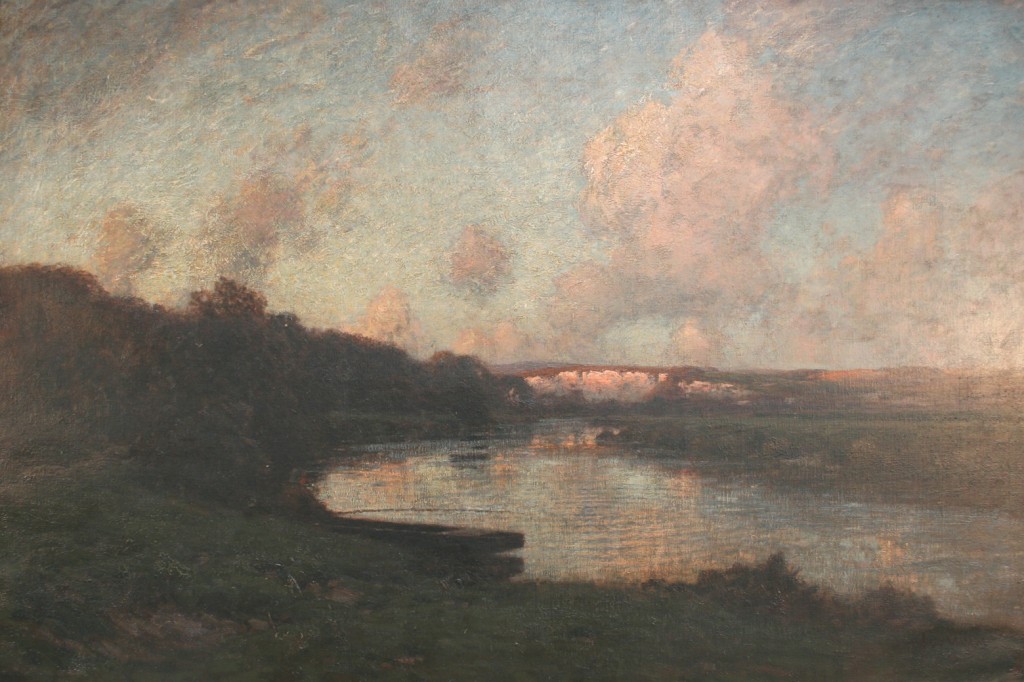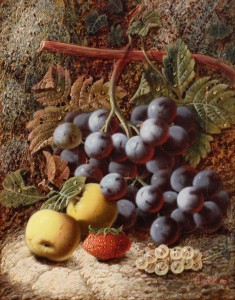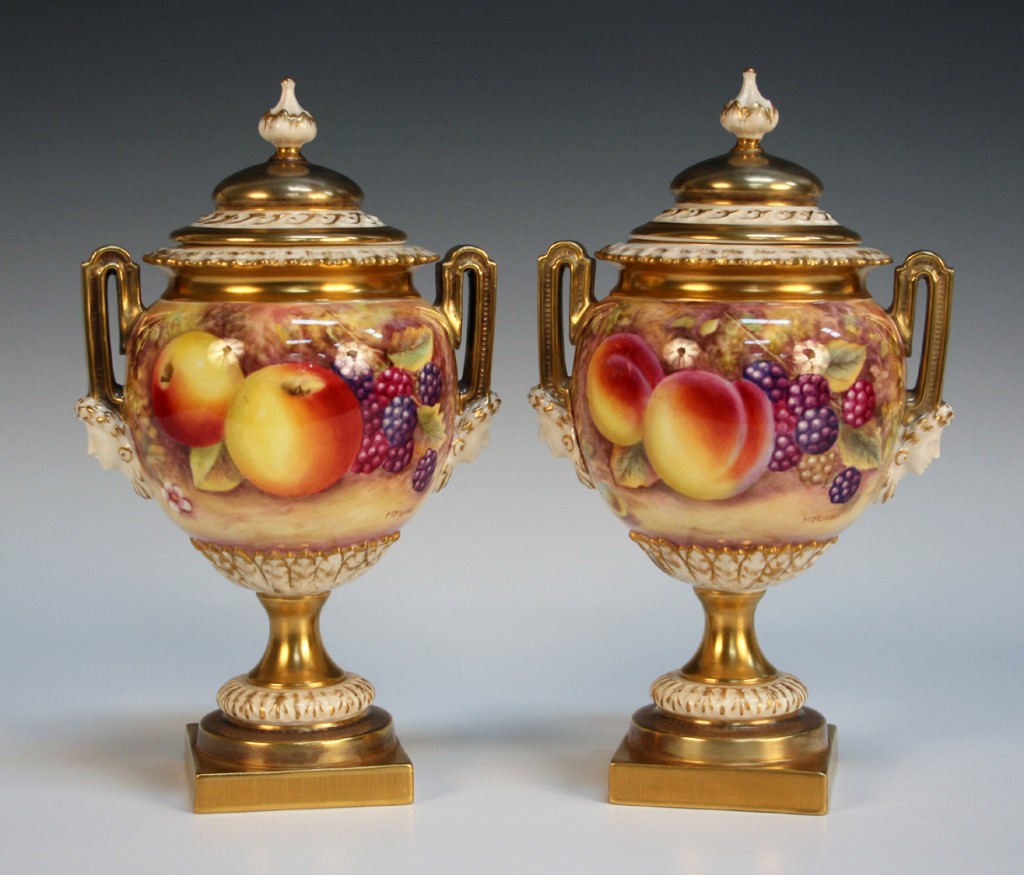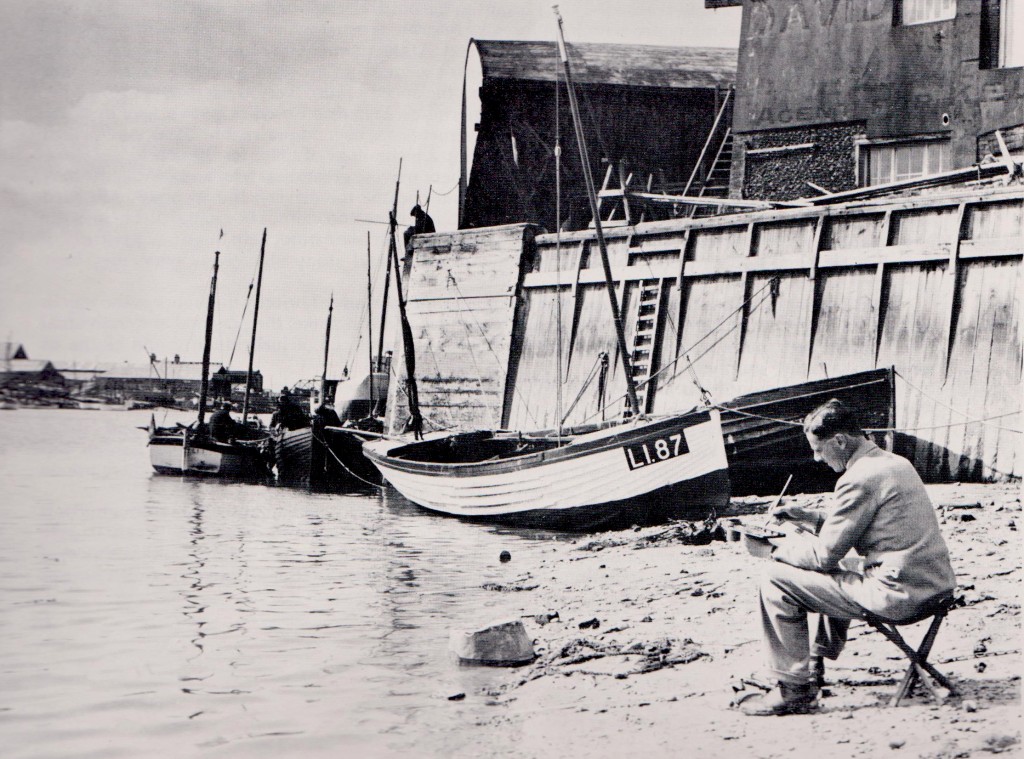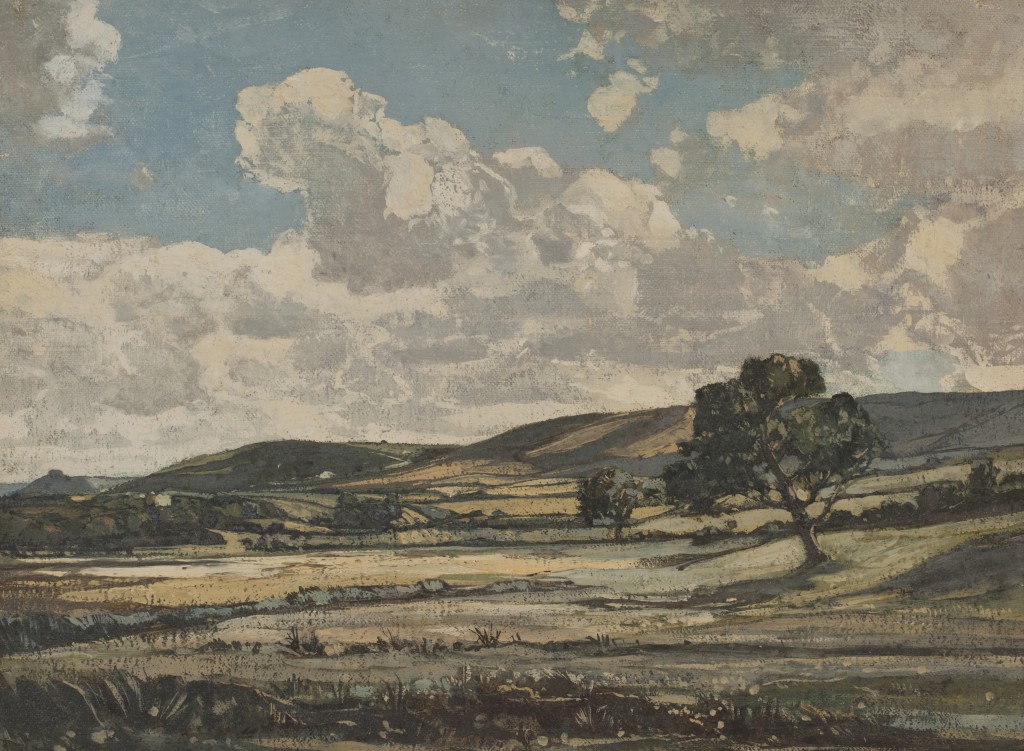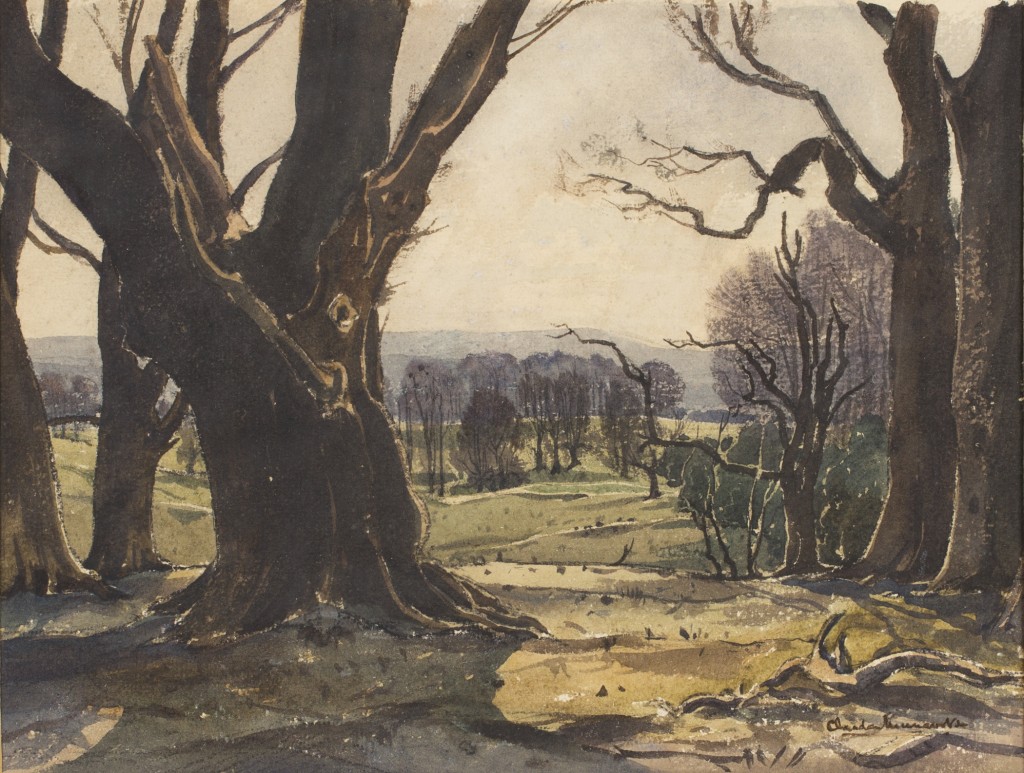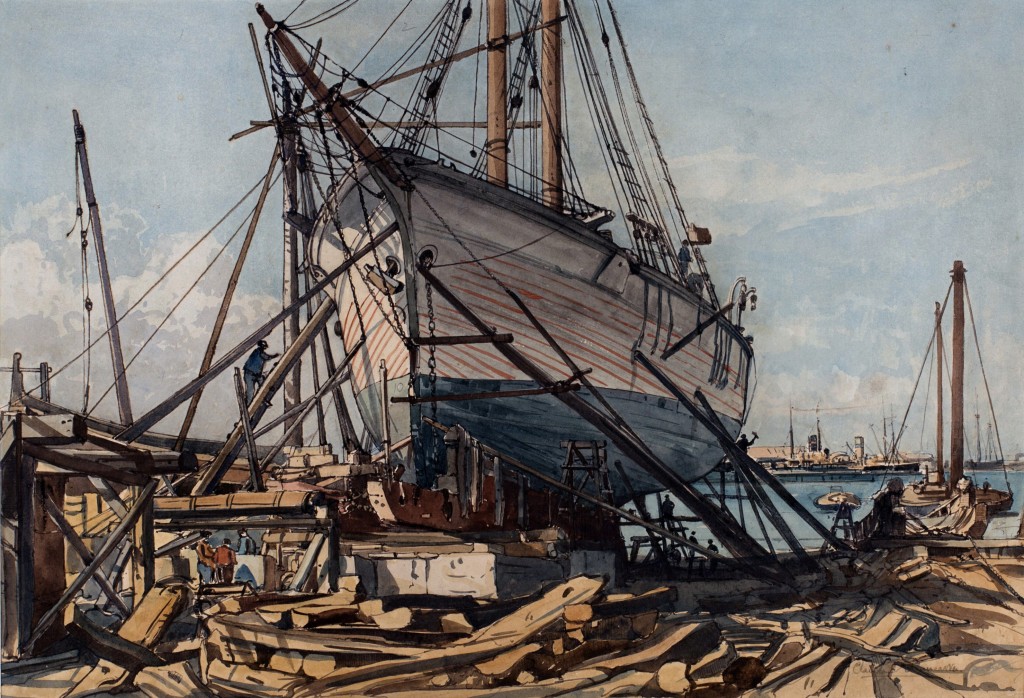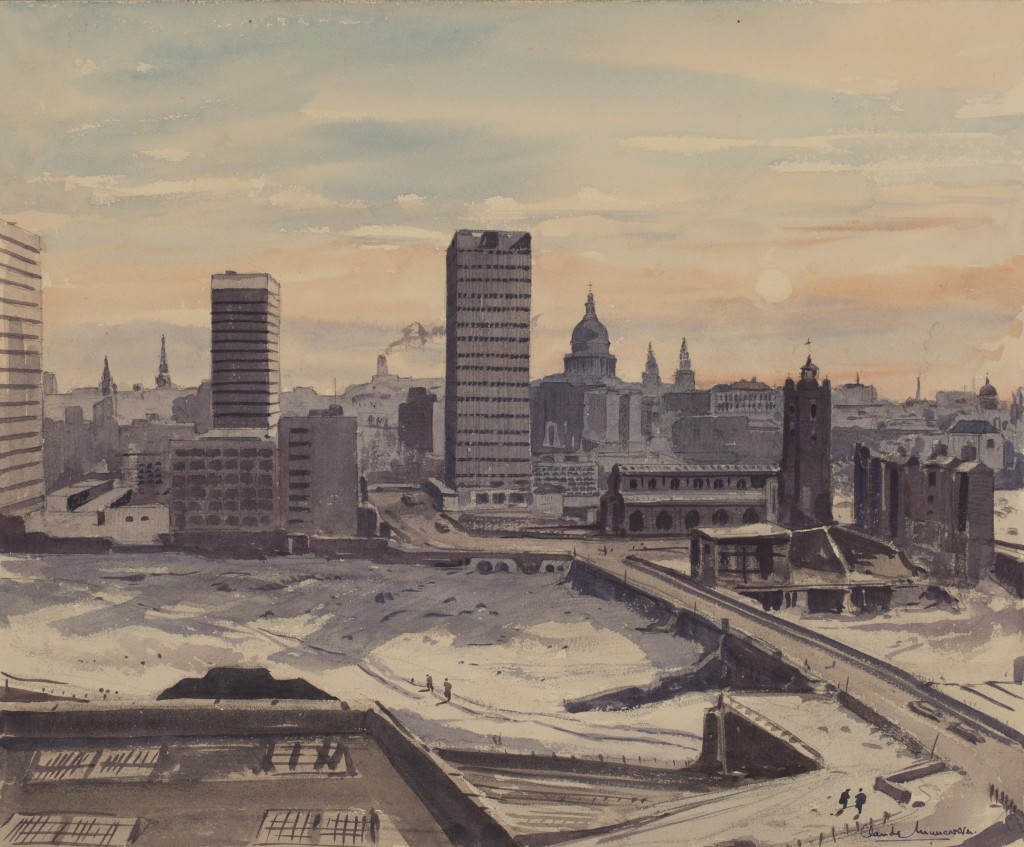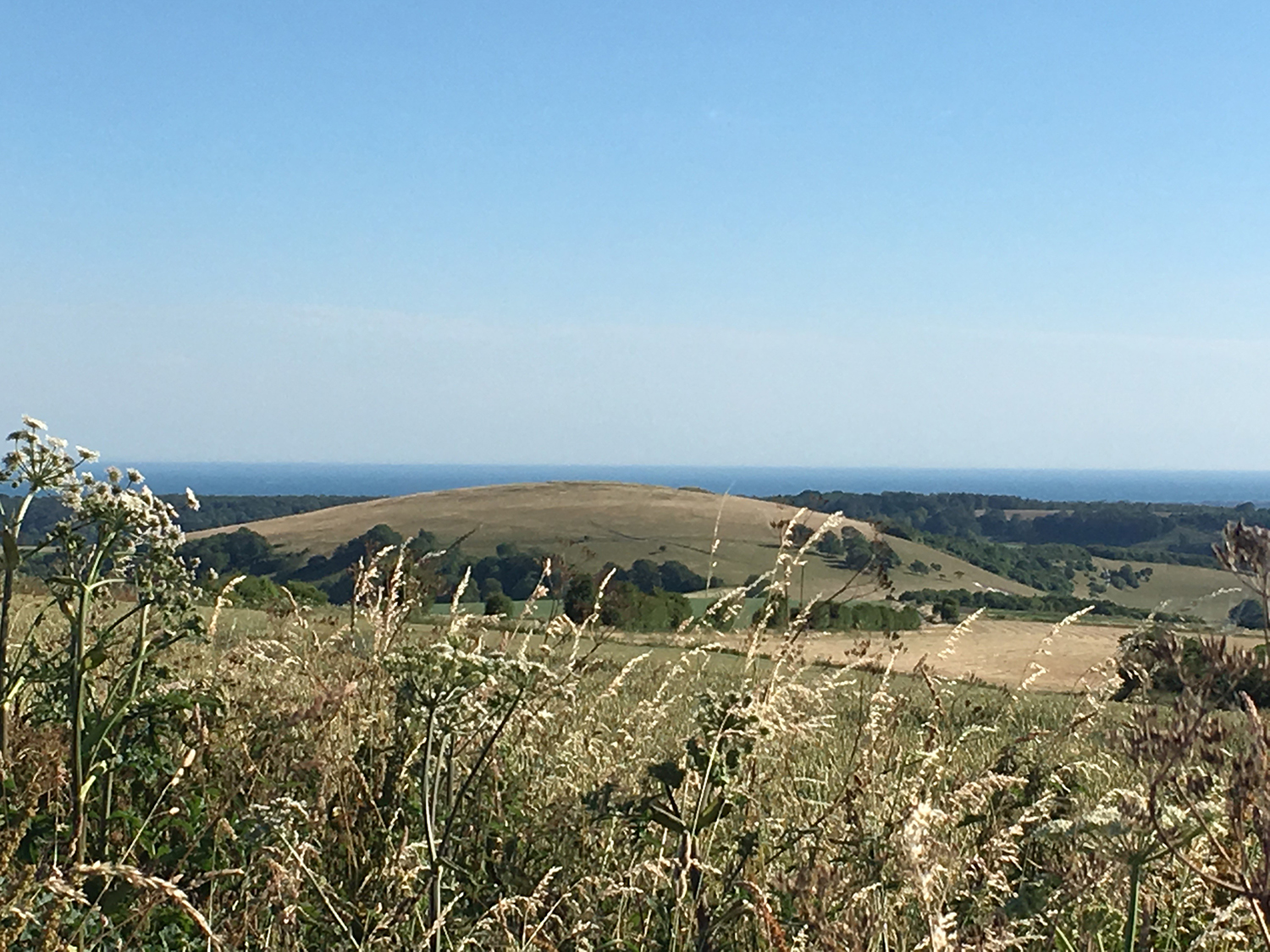
The view as you look towards the sea from the Downs at the back of Storrington is remarkable. It is this quality of landscape which speaks into the very identity of our nation.
This land is stewarded by the forward looking Angmering Park Estate team who have just received two awards from the West Grinstead & District Ploughing Match & Agricultural Society for “2019 Best Farm over 500 Acres”, and “2019 Best Farm for Conservation”.
I have enormous respect for the work of Nigel Draffan, the Savills Resident Managing Agent, who has managed the estate for many years.
I ask Nigel about his views on the current debates about farming. He says “Since the war farmers have been encouraged by the government to increase yields which have almost doubled since the 1970s and this has led to a perception that food will always be plentiful with little discussion of the carbon footprint of importing food to this country.”
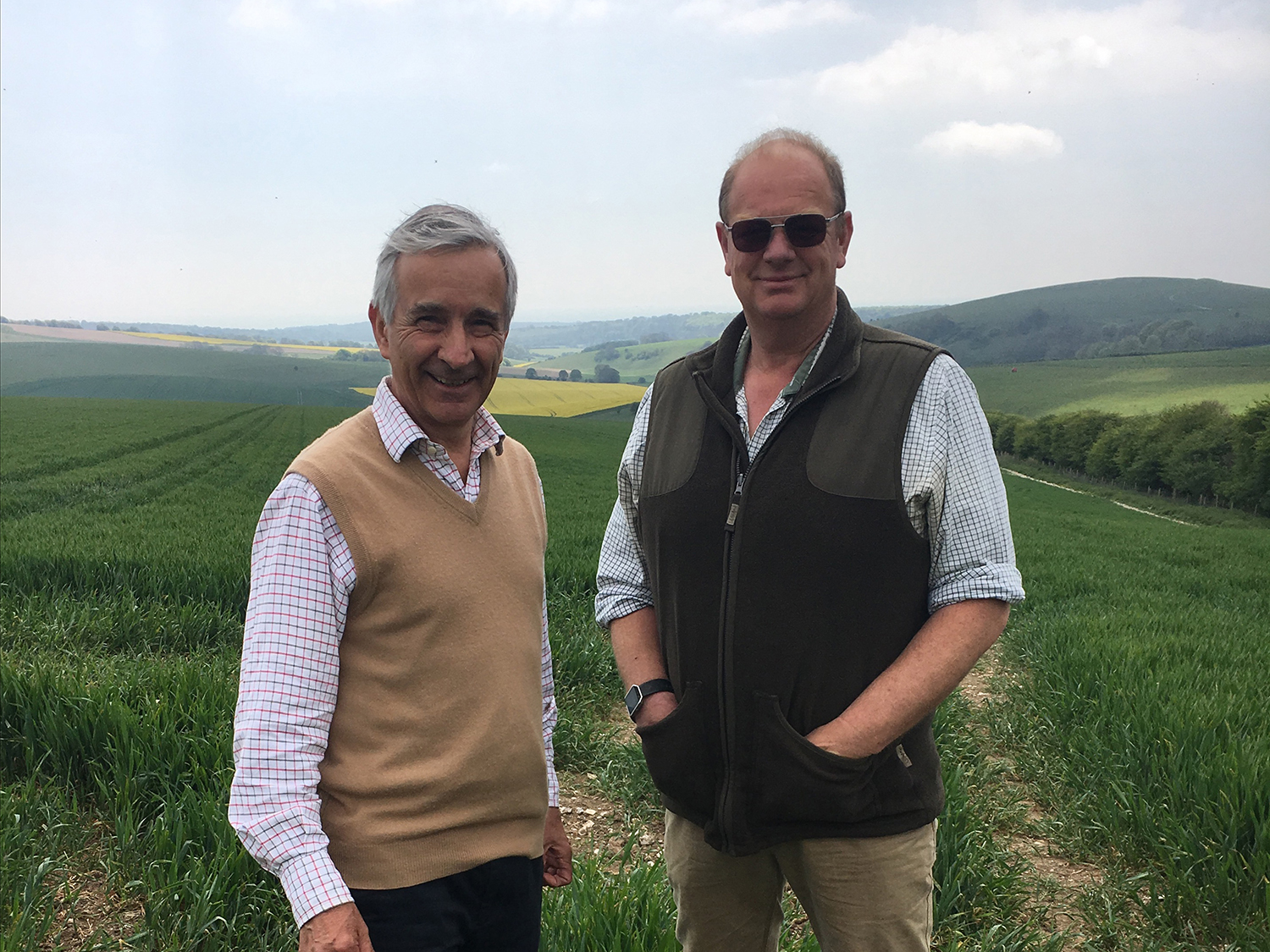
Nigel explains that at Angmering Park they are working constantly to achieve a balance between maintaining the fertility of the land and producing food with close attention to the preservation of nature. He says “We have become increasingly sophisticated in analysing the environment in our fields and in the nature corridors of woodland and hedgerows which we are continuing to create.”
This becomes immediately apparent when we drive up into the estate where we meet with the farm manager Dominic Gardner. Nigel says “With the aid of GPS we can analyse where there are natural deficiencies in the soil or other problems in a part of the field. Rather than applying a blanket application of nitrogen phosphates and potash, or herbicides and pesticides to the whole estate we can be much more targeted only spraying the areas within fields that need it.” Dominic adds “We use satellite navigation which we plug into the tractor’s computer. It’s only a matter of time before the computer will be able to turn just a few nozzles on for just five yards. The spraying will become even more topical which is so important for insect life, birds and nature to flourish.”
At Angmering Park Dominic has combined minimum tillage methods with areas specifically put aside to increase worms and their activity. A rotation of grazing sheep preserves and enhances the fertility of the soil. There are positive economic consequences as well as environmental ones to reducing the use of agro-chemicals to where they are really needed as they are very expensive.
As we drive back Nigel explains “We produce food for the nation on the productive land but as you go up the higher slopes we leave it to grass, grazing sheep amongst a patchwork of forestry. And if you can’t farm it sustainably and commercially give it to nature.” Both Nigel and Dominic are keen to stress the importance of being profitable and operating from a strong base as it enables the levels of investment necessary for long-term balanced stewardship producing food whilst working with and being attentive to nature.
Central to the maintenance of the natural landscape are the resources provided by seasonal ethical shooting.
They have reversed the decline in natural flora and fauna with the return of rare species like Turtle Doves and native fritillaries whilst remaining profitable and productive.
I ask Nigel what word he would like to be used to describe the future of farming in the UK and he replies “Balance. If you look at a farm map of the UK we should be farming in a balanced and sustainable way all grade 1, 2 and the best of 3 land – and there is an argument that poor [grade] 3 or 4 land could revert to wilding.”
There is a diversity of approach at Angmering Park which balances our need for food production with the needs of the land and nature. Their long-term stewardship deserves our thanks.
By Rupert Toovey, a senior director of Toovey’s, the leading fine art auction house in West Sussex, based on the A24 at Washington. Originally published in the West Sussex Gazette.
